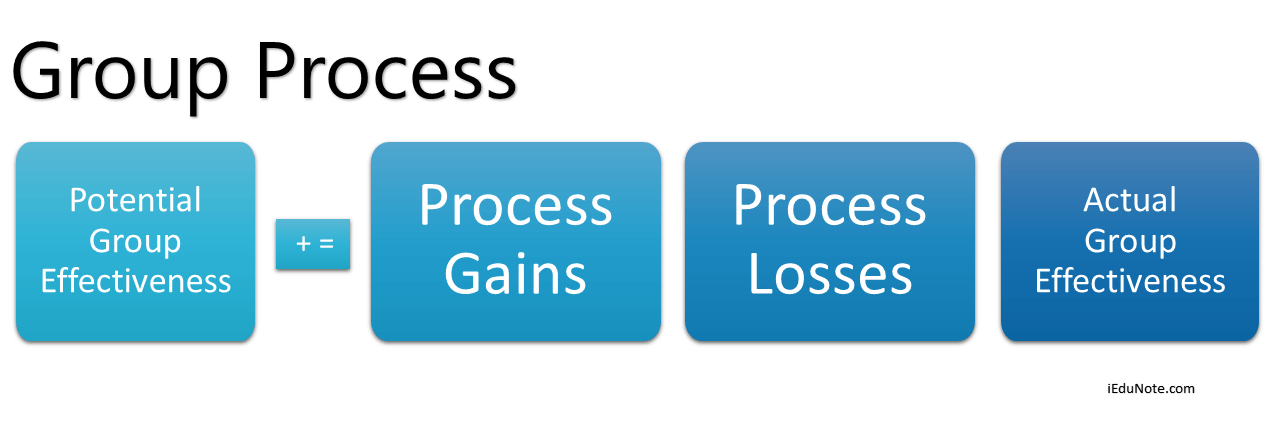Attitudes are simply expressions of much we like or dislike various things. Attitudes represent our evaluations, preferences, or rejections based on the information we receive.
It is a generalized tendency to think or act in a certain way in respect of some object or situation, often accompanied by feelings. It is a learned predisposition to respond consistently concerning a given object.
This can include evaluations of people, issues, objects, or events. Such evaluations are often positive or negative, but they can also be uncertain at times. These are the way of thinking and shape how we relate to the world both in work and Outside of work.
Researchers also suggest that there are several different components that makeup attitudes. One can see this by looking at the three components of an attitude: cognition, affect, and behavior.
3 components of attitude are;
Cognitive Component
The cognitive component of attitudes refers to the beliefs, thoughts, and attributes that we would associate with an object. It is the opinion or belief segment of an attitude. It refers to that part of the attitude that is related to the general knowledge of a person.
Typically these come to light in generalities or stereotypes, such as ‘all babies are cute’, ‘smoking is harmful to health, etc.
Affective Component
The affective component is the emotional or feeling segment of an attitude.
It is related to the statement which affects another person.
It deals with feelings or emotions that are brought to the surface about something, such as fear or hate. Using the above example, someone might have the attitude that they love all babies because they are cute or that they hate smoking because it harms health.
Behavioral Component
The behavior component of an attitude consists of a person’s tendencies to behave in a particular way toward an object. It refers to that part of attitude that reflects the intention of a person in the short-run or long run.
Using the above example, the behavioral attitude may be ‘I cannot wait to kiss the baby,’ or ‘we better keep those smokers out of the library, etc.
Conclusion
Attitude is composed of three components: a cognitive component, an effective or emotional component, and a behavioral component.
The cognitive component is based on information or knowledge, whereas the affective component is based on feelings.
The behavioral component reflects how attitude affects the way we act or behave. It is helpful in understanding their complexity and the potential relationship between attitudes and behavior.
But for clarity’s sake, keep in mind that the term attitude essentially refers to the affected part of the three components.
In an organization, attitudes are important for their goal or objective of succeed. Each one of these components is very different from the other, and they can build upon one another to form our attitudes and, therefore, affect how we relate to the world.

